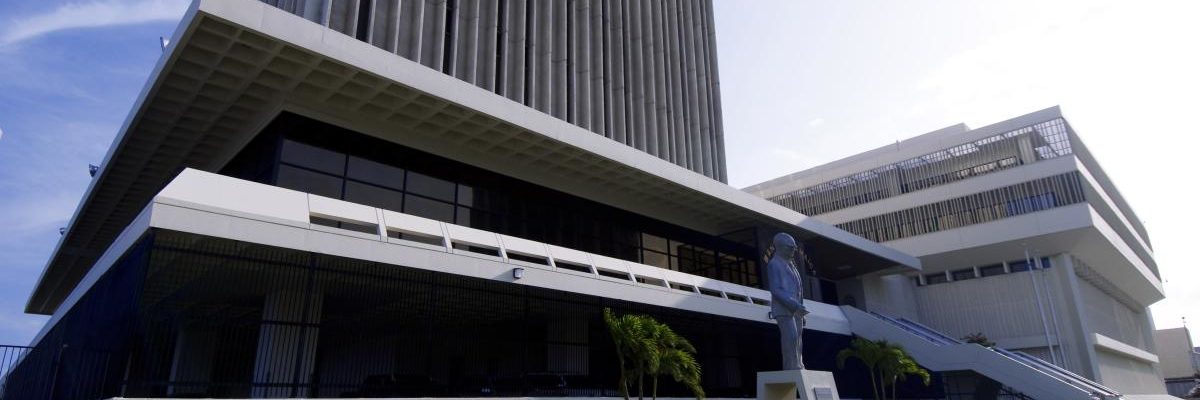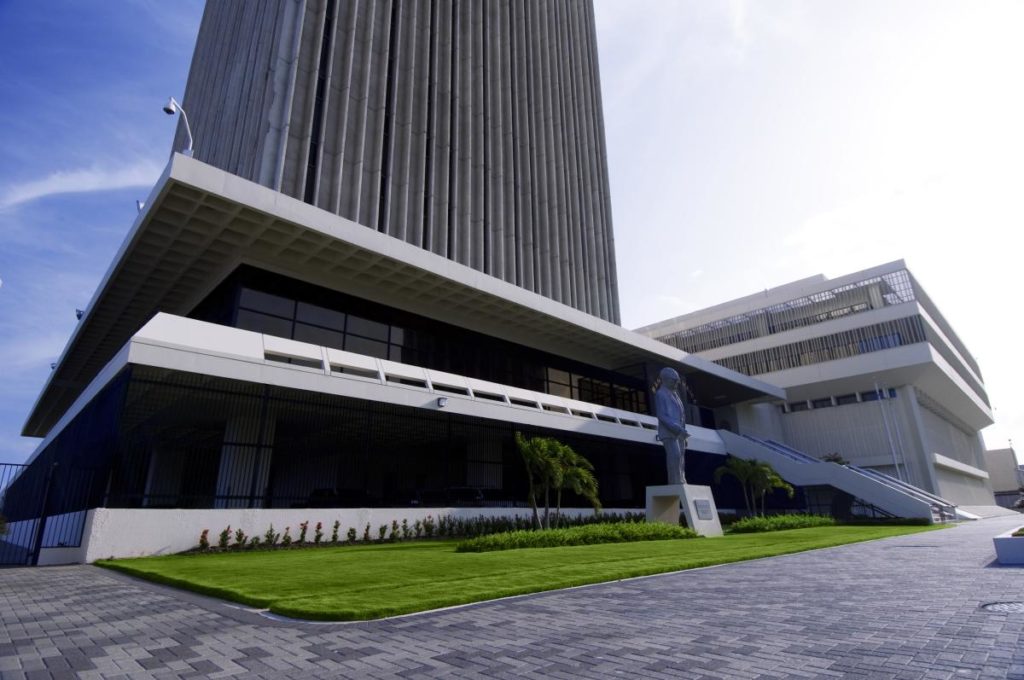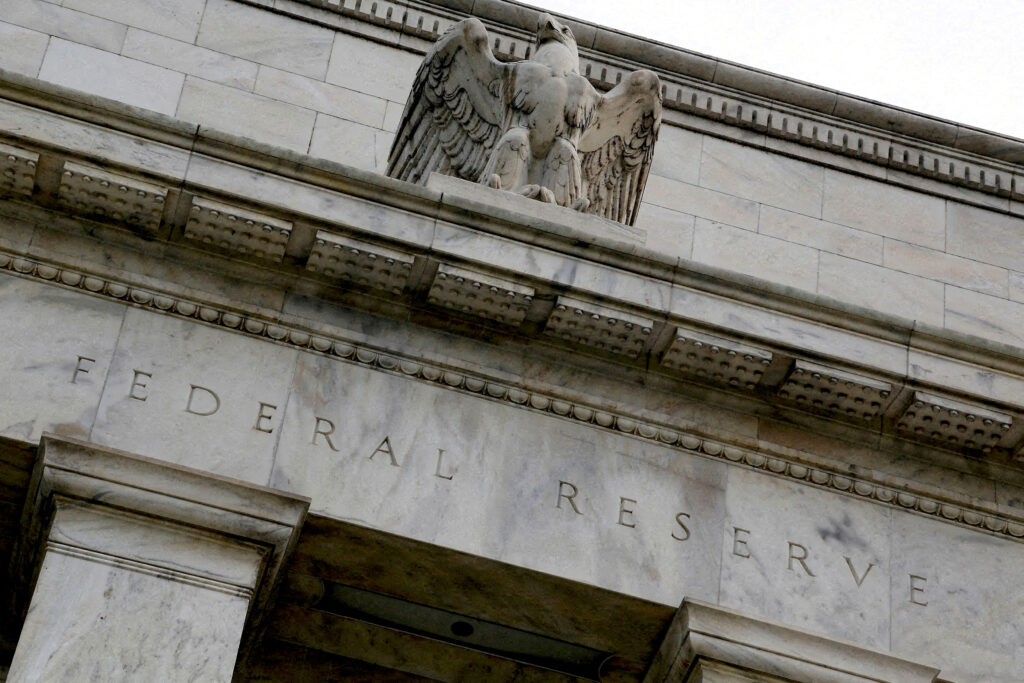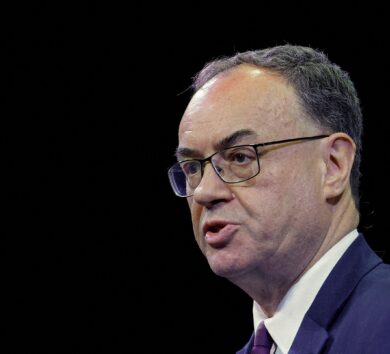

The Bank of Jamaica (BOJ) today (February 20) announced that it is maintaining a rigid monetary policy stance at a rate of 6.00 per cent per annum and will preserve the relative stability in the foreign exchange market.
The BOJ, in a statement on Thursday, indicated that out of meetings earlier this week, its Monetary Policy Committee (MPC) deliberated the policy stance amid increased uncertainty surrounding economic policies of the United States—Jamaica’s main trading partner—and against the background of a review of the latest domestic macroeconomic data.
The MPC assessed that recent trends and the outlook for key domestic macroeconomic indicators remain positive.
Domestic inflation is projected to remain within the Central Bank’s target range of 4.0 to 6.0 per cent over the next eight quarters.
The exchange rate has been fairly stable and the private sector’s expectations of future inflation (inflation expectations), a key driver of headline inflation, have stabilised.
Employment levels remain high and anecdotal data suggest that wage pressures are moderating. Real gross domestic product (GDP) activity is projected to recover in 2025, following a decline in the September 2024 quarter and an estimated contraction for the December 2024 quarter, as announced by the Planning Institute of Jamaica (PIOJ).
According to the BOJ, the current account of Jamaica’s balance of debt payments is projected to remain in surplus over the near term, and the international reserves are healthy and are projected to improve further.
At the global level, the United States (US) Federal Reserve has paused its monetary loosening and US long-term external bond yields are rising.

“Considering the domestic and global economic dynamics, the MPC determined that the current policy rate continues to be appropriate to support inflation remaining within the target range and maintain relative stability in the foreign exchange market. The committee, therefore, unanimously agreed to hold the policy rate at 6.00 per cent per annum; and preserve relative stability in the foreign exchange market,” the Central Bank noted.
Up to February 17, the Statistical Institute of Jamaica (STATIN) reported that annual headline inflation as at January 2025 was 4.7 per cent, representing a general trend reduction from 7.4 per cent in January 2024.
The deceleration primarily reflected the impact of lower inflation for regulated items (such as bus and taxi fares) and a general lowering and stabilisation of inflation expectations. Core inflation (which excludes the prices of agricultural food products and fuel from the consumer price index) was 4.0 per cent in January 2025, remaining consistently below 6.0 per cent since July 2023.
The BOJ advised that inflation is projected to remain well-anchored within its target range over the next two years.
“However, the risks to the inflation forecast are skewed to the upside (which means that inflation could be higher than projected). Uncertainty related to potential economic policy changes in the US could have adverse implications for inflows through the current account of Jamaica’s balance of payments, as well as inflation expectations. Worse-than-anticipated weather conditions in Jamaica could also put upward pressure on inflation. On the downside, lower inflation could result from weaker-than-projected demand,” the Central Bank disclosed.







Comments